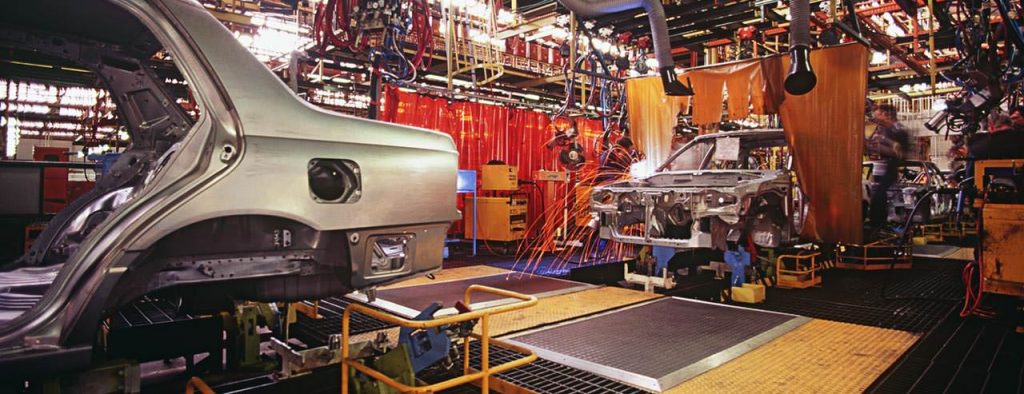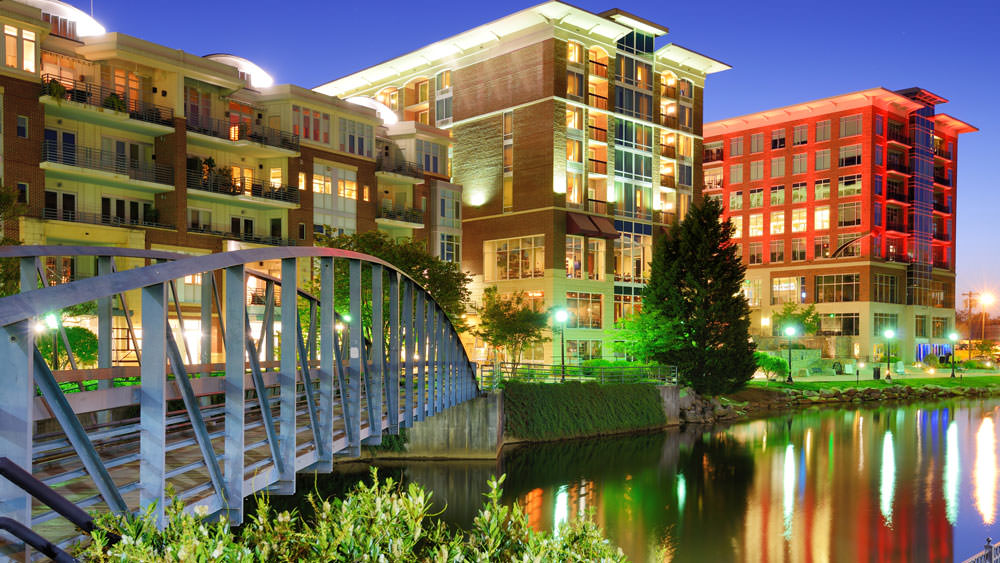As companies scour the United States searching for their next facility’s ideal site, dozens of variables are used to rank and eliminate prospective communities. Those making it to the short list are locations that can maximize return on investment (ROI) while minimizing risk. Certain variables, such as workforce, transportation access, and business costs are ubiquitous to all searches, yet a community’s economic resilience is often overlooked but poses one of the largest risks to any fledgling operation.
Risk and Economic Resiliency
Economic resilience is defined by an economy’s performance when times get tough, typically materialized with the closure of a large employer, collapse of an industry regionally, or a general economic recession. A lack of resilience was evident when the textile industry pivoted to international markets, leaving communities across the Southeast struggling to recover, or similarly in the Northeast following reduced domestic investment from the steel industry.

No economy is immune from the repercussions of these events and regardless of location, increased risk comes in many forms. However, one of the most significant threats to ROI is found in less resilient economies susceptible to higher and longer lasting unemployment. As household income diminishes, this can trigger a cycle of declining homeownership, property values, and local spending – a trend which will worsen if residents must move away to find work.
While devasting for a community’s citizens, local governments become burdened as this cycle collectively represents their primary sources of revenue. Facing budget shortfalls, governments are left with few options to avoid deficits and maintain solvency: increase fees for municipal utilities or other revenue generating services, increase property and/or sales tax rates or special assessments, or reduce spending in basic services such as education, transportation, water supply, and sewage treatment. Since each tactic is a separate and distinct threat to ROI, this is a clear representation of how location can negatively impact profitability.

At this point, it would be logical to assume that the most diverse economic composition would define the most resilient economy. However, economic resilience still has a place for industrial specialization, witnessed now with the impact that the auto industry — from final assembly to metal fabrication to making tires — is having on the Palmetto State.
Measuring Economic Resiliency in the I-77 Region and South Carolina

With resilience defined as a function of both diversity and concentration, our analysis began with the Hachman Diversity Index (HDI). HDI calculates a score reflecting an area’s economic diversity (i.e. – rate of employment per sector for each S.C. county) compared to a selected benchmark geography, in this case, the United States. As the HDI score approaches 100, the area more closely matches the Nation’s rate of economic diversity. In economic development parlance, it’s a quantification of multiple location quotients simultaneously.
This method only accounts for half the resiliency equation, so a modified application of HDI was utilized to address industrial specialization. In place of a single HDI value across all sectors, our research calculated one HDI score for manufacturing sectors, then a second score for the balance of the economy. Using this technique, the top score for the non-manufacturing sectors is 100, but an HDI value of 50 reflects maximum diversity and specialization across manufacturing sectors. After calculating both for all S.C. counties, a composite score was calculated and aggregated by region.
While our counties typically rank well in those ubiquitous factors of site selection, this research proves our five counties constitute the most resilient regional economy in South Carolina, ranked third-best state for doing business in the United States!
Diversity and Specialization in Action
The positive economic benefits of specialization and diversity are on display locally. Companies thriving in our region’s specialized industries such as plastics, chemicals products, or transportation equipment manufacturing, have nurtured a local network of resources and assets new companies can leverage for rapid growth. In the site selection process, this infrastructure is another tool our region provides to mitigate risk and increase ROI.

Our region’s high scores in economic diversity is a correlation of our unique geography – spanning an area from Charlotte’s southern suburbs to Columbia, the capital of South Carolina – it is home to some of the Nation’s fastest growing communities. This positive demographic trend appeals to a wide array of commercial, professional services, retail, and other non-manufacturing establishments looking to capture a share of the booming market. This in turn, provides the broadest swath of economic opportunity for our large and diverse workforce, regardless of training or experience.
So, it’s the best of both worlds — a wide array of employment opportunities in manufacturing and non-manufacturing sectors, creating an economic eco-system for growth while offering attractive living and education options both to an existing workforce and to those who would move here because of those opportunities.
For more details, feel free to reach out to let us explain more what measures like the HDI and the granular information in our Economic Data Center can tell you about why Richland, Fairfield, Chester, Lancaster and York counties should stand out on any industrial prospect’s radar. In addition, we will continue to refine this analysis and will provide updated results as necessary.


